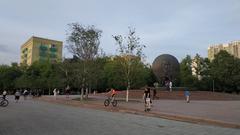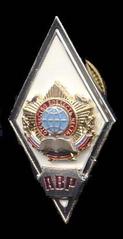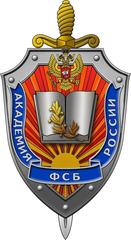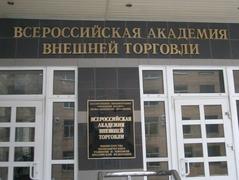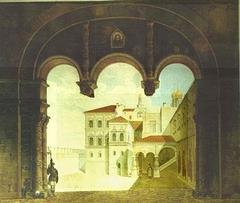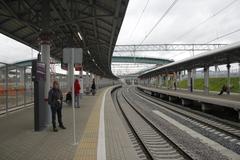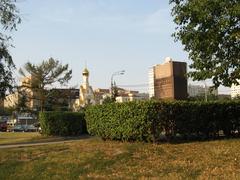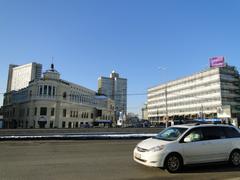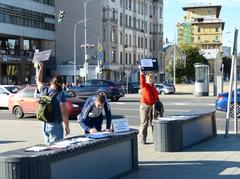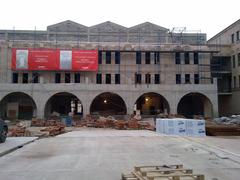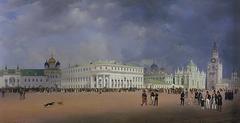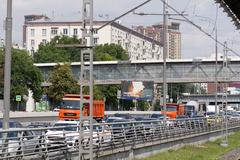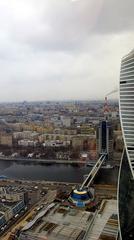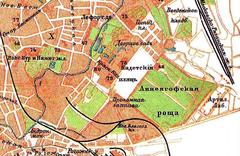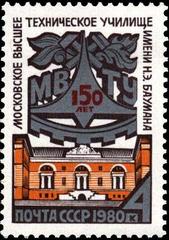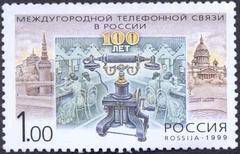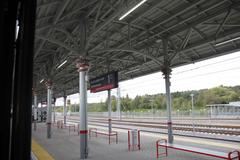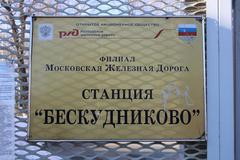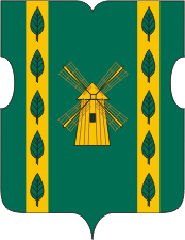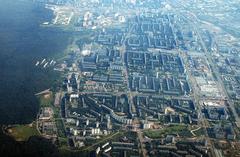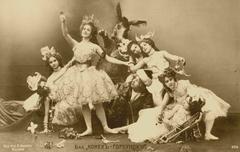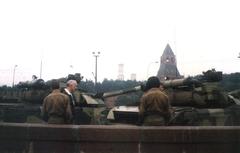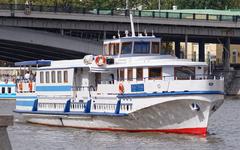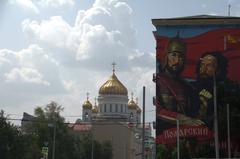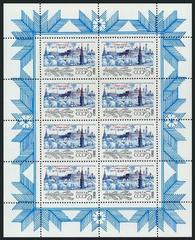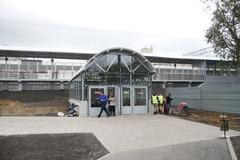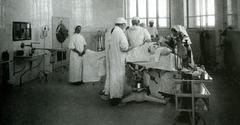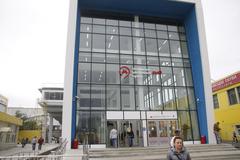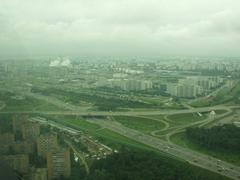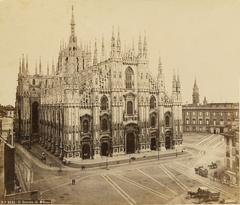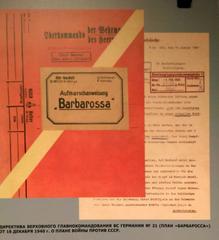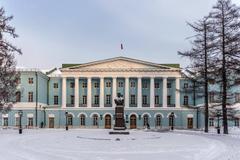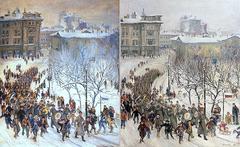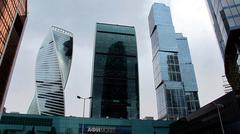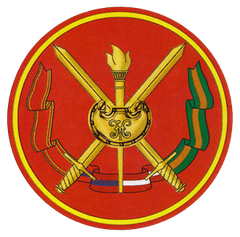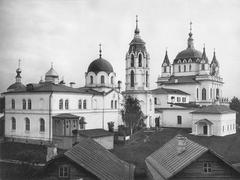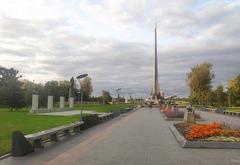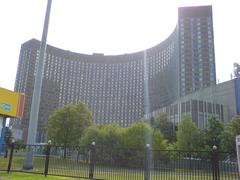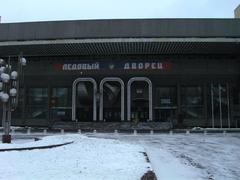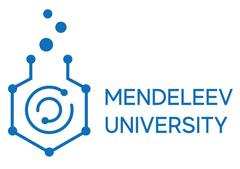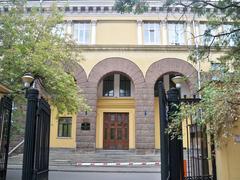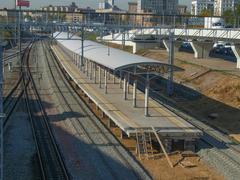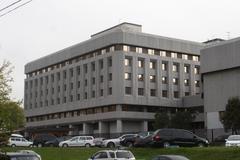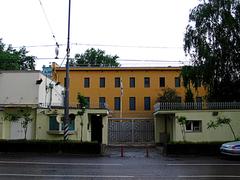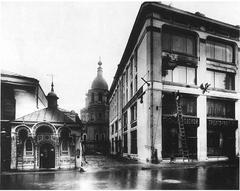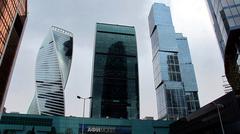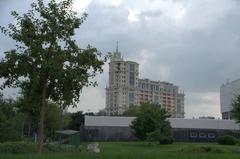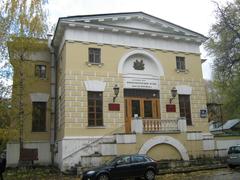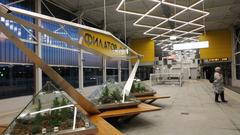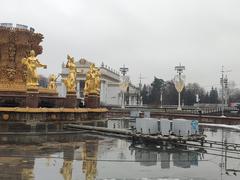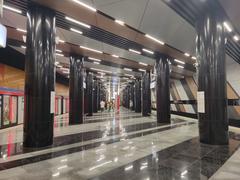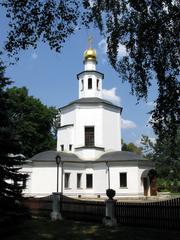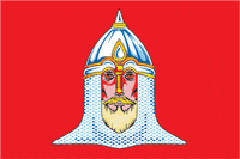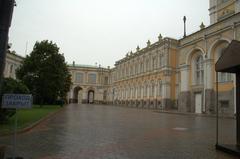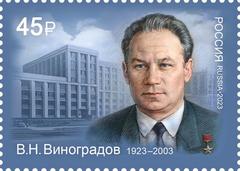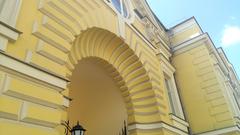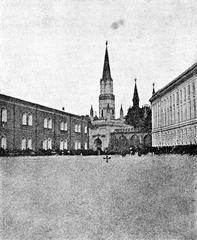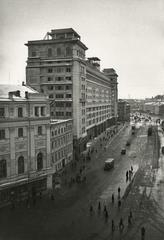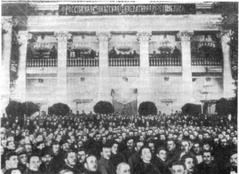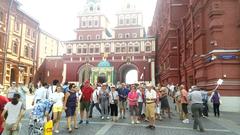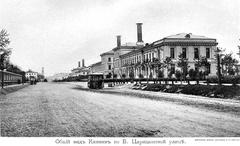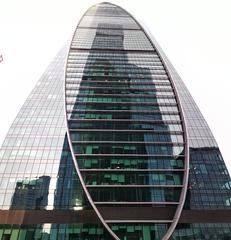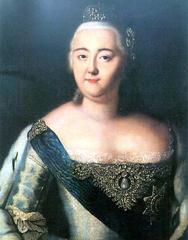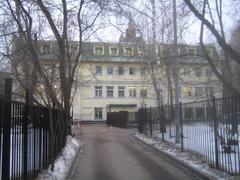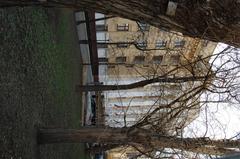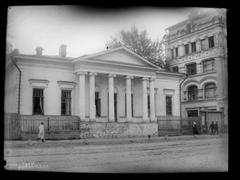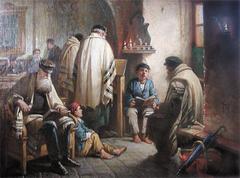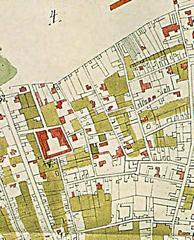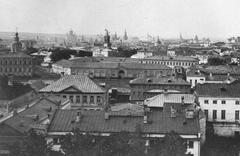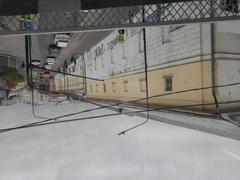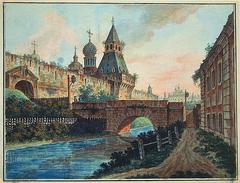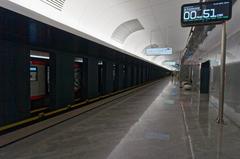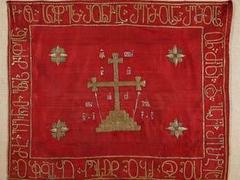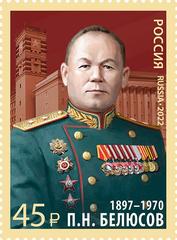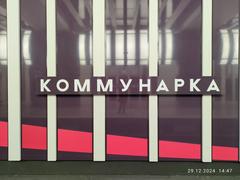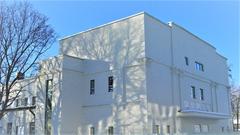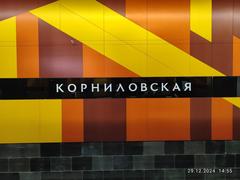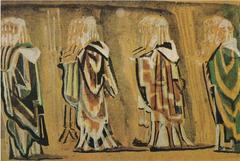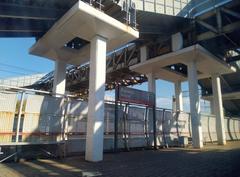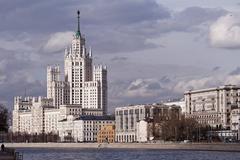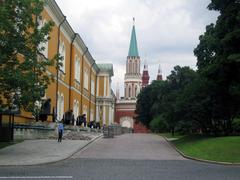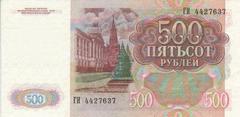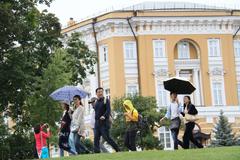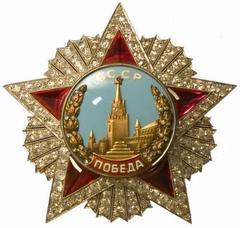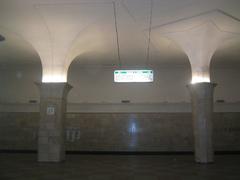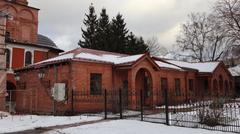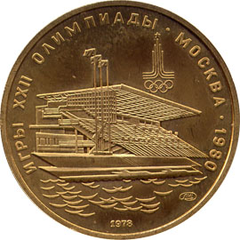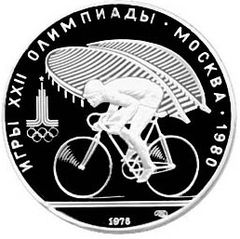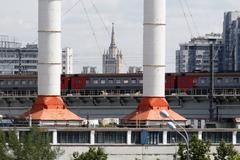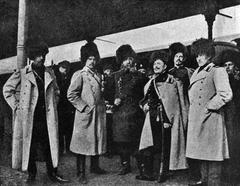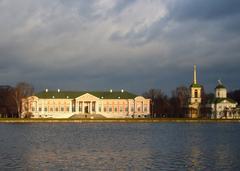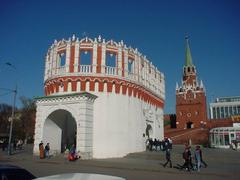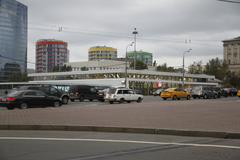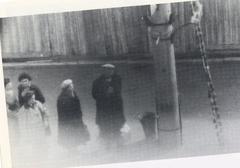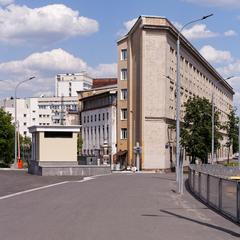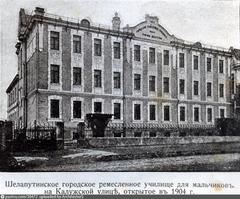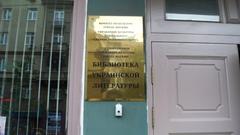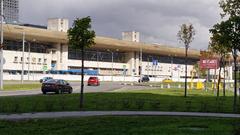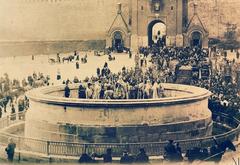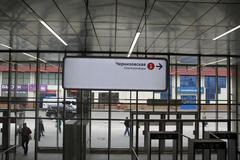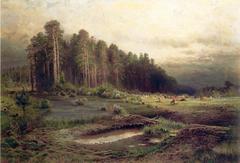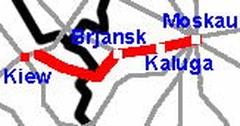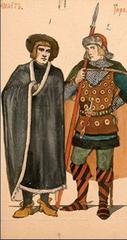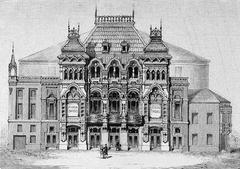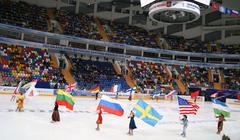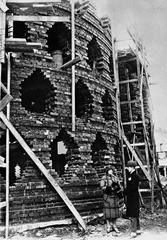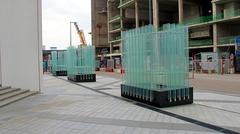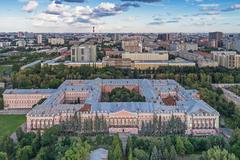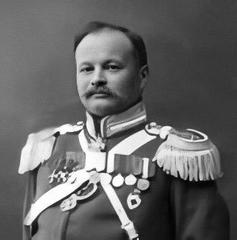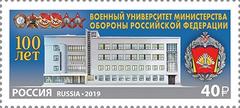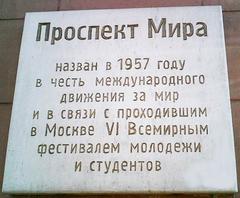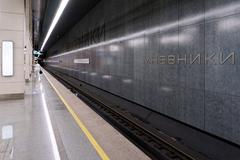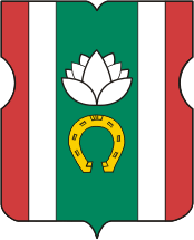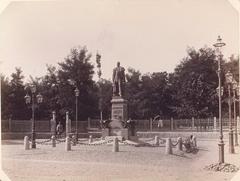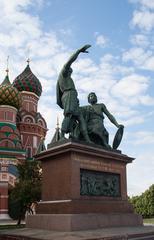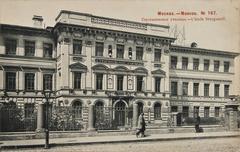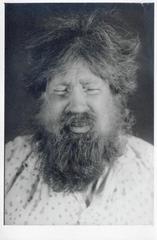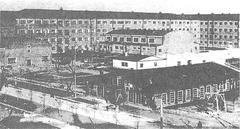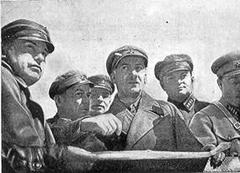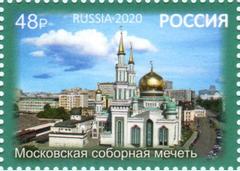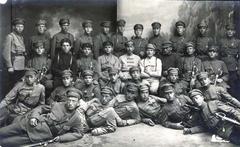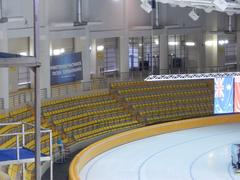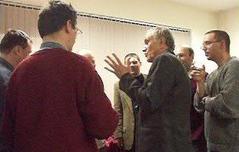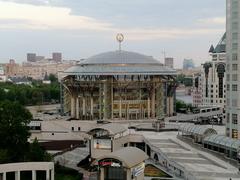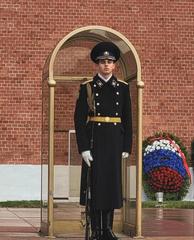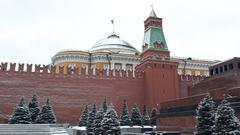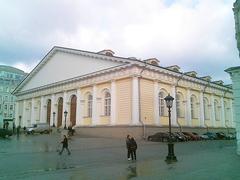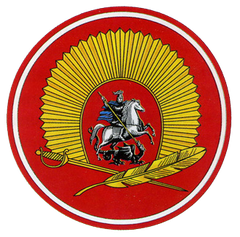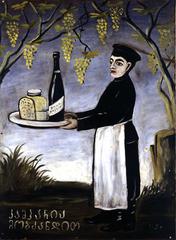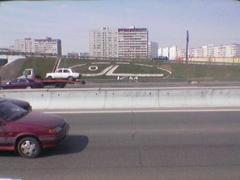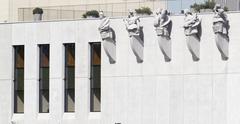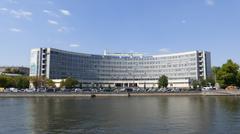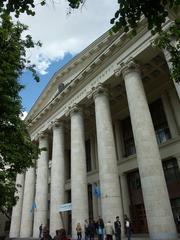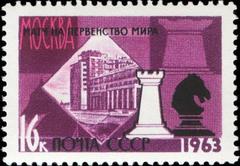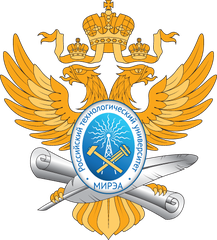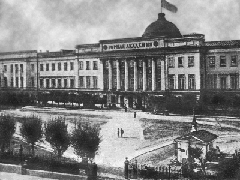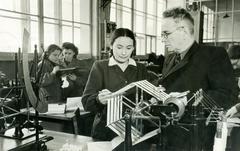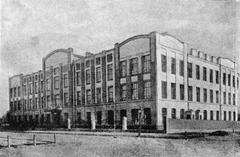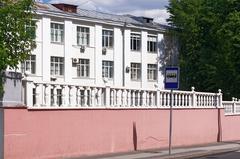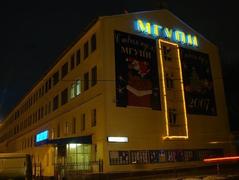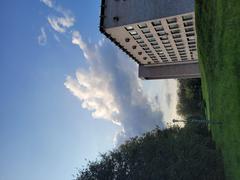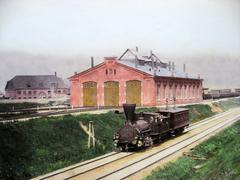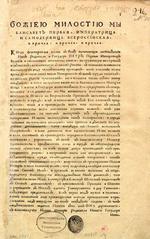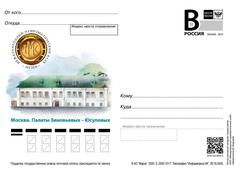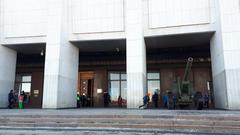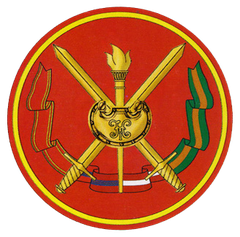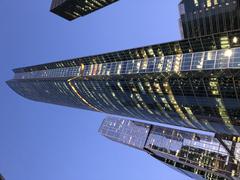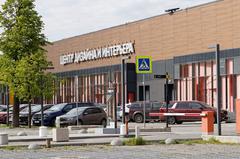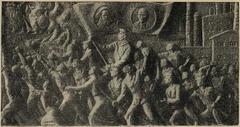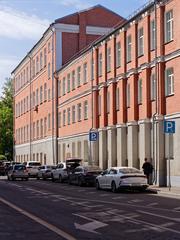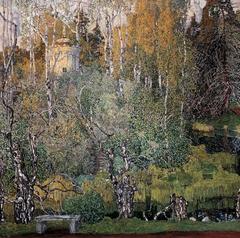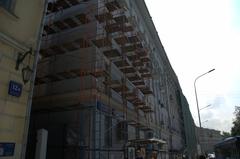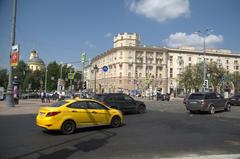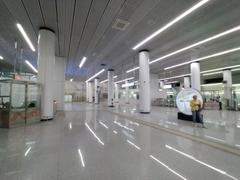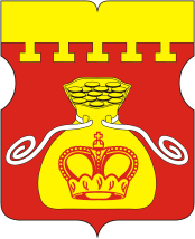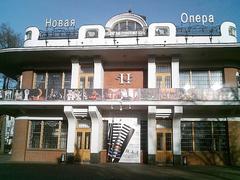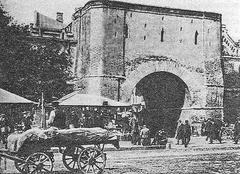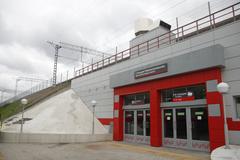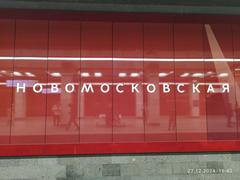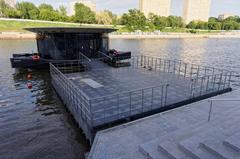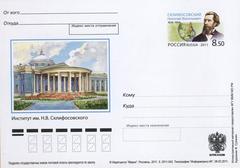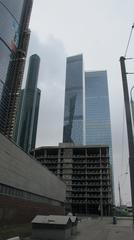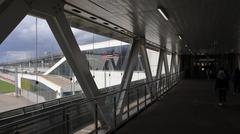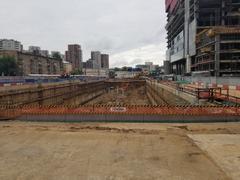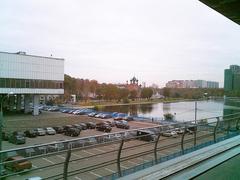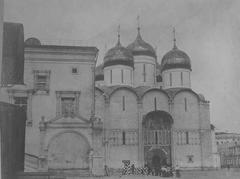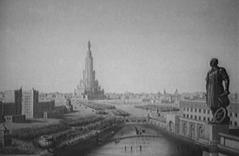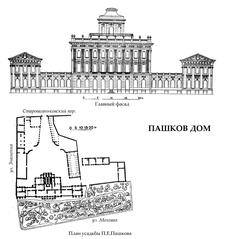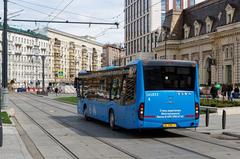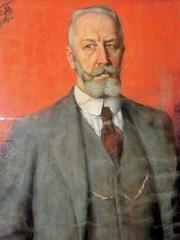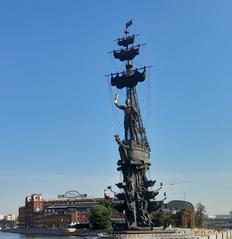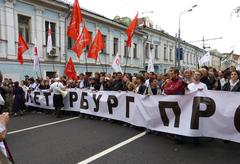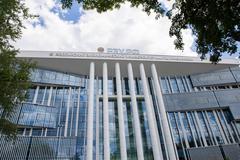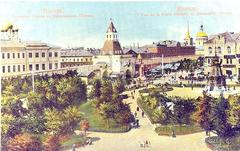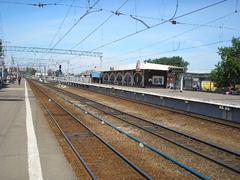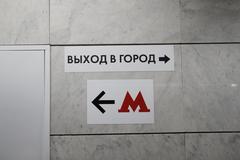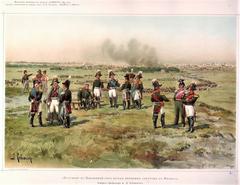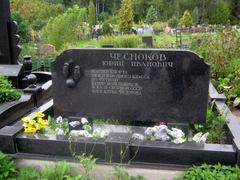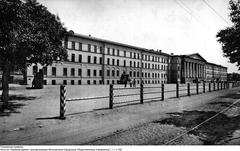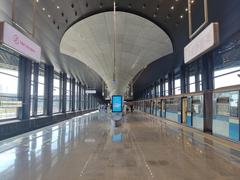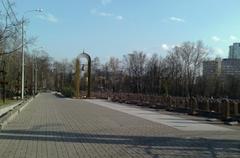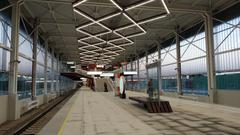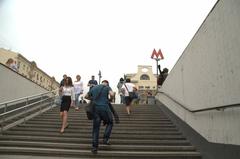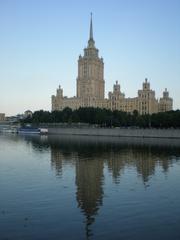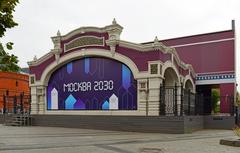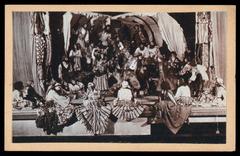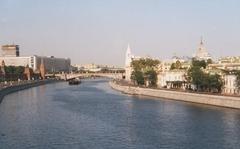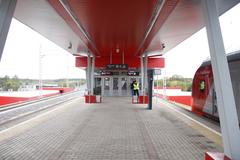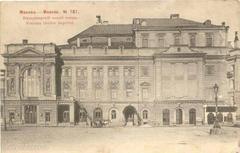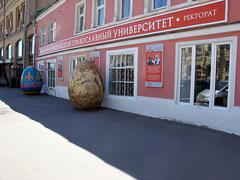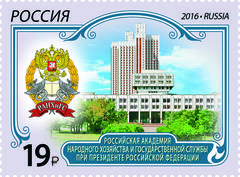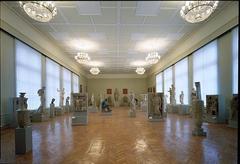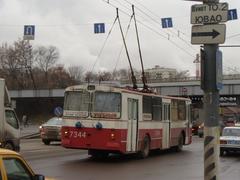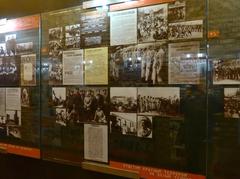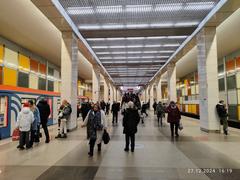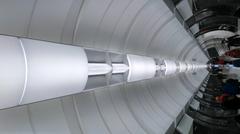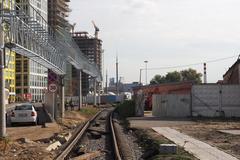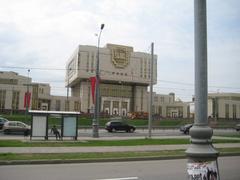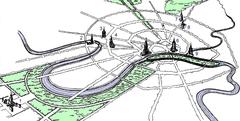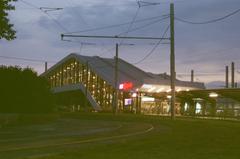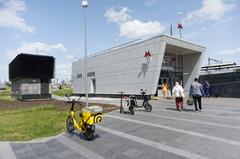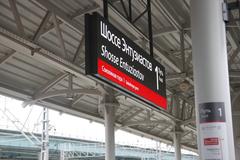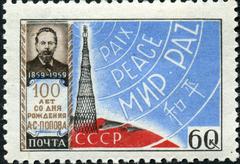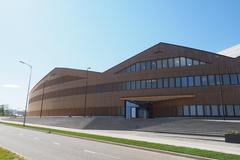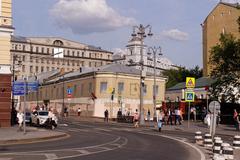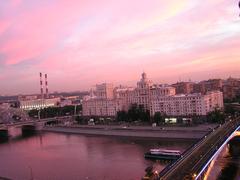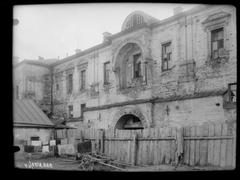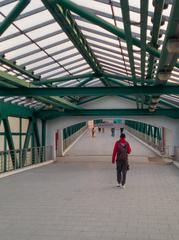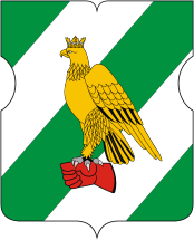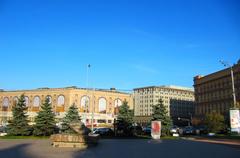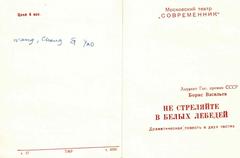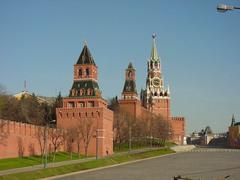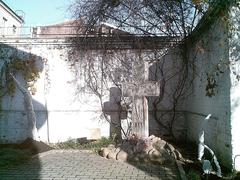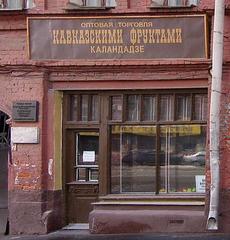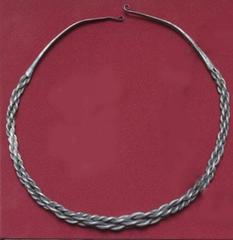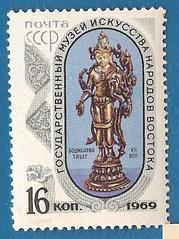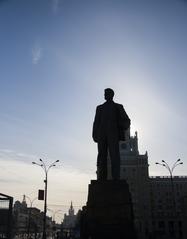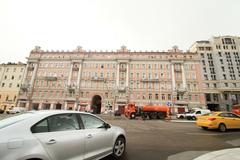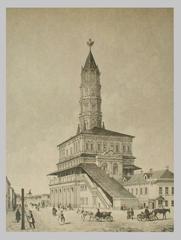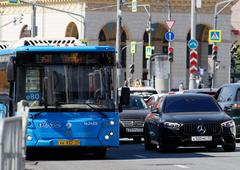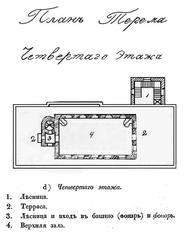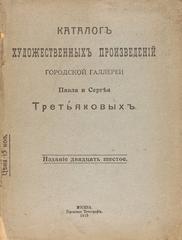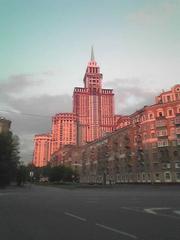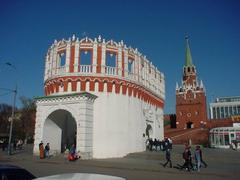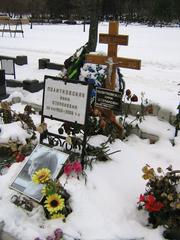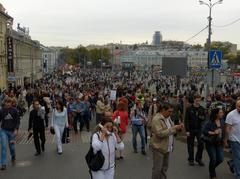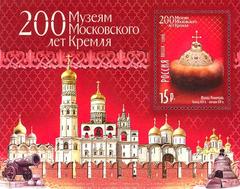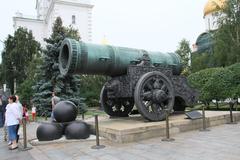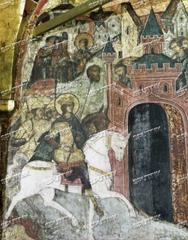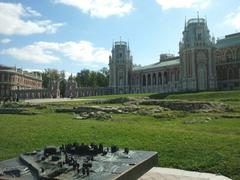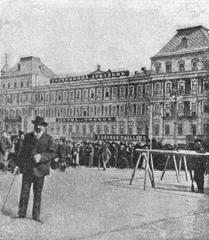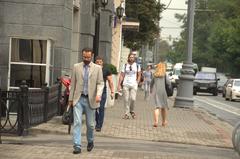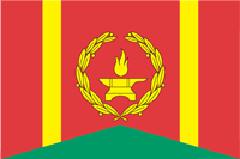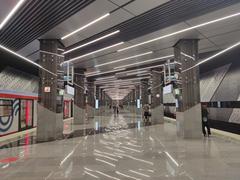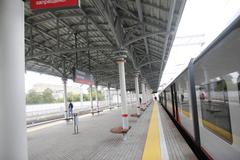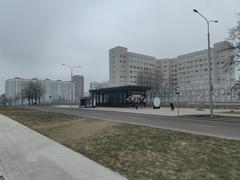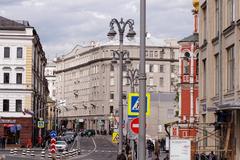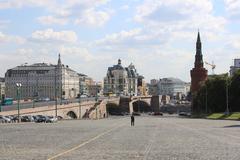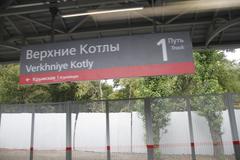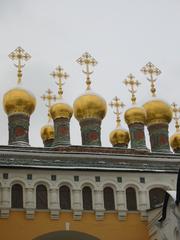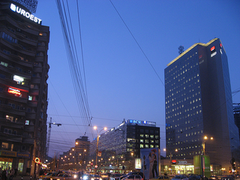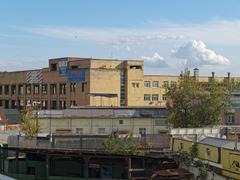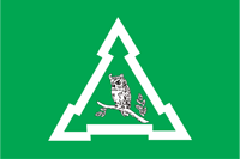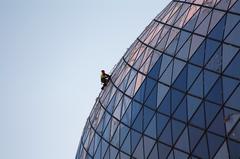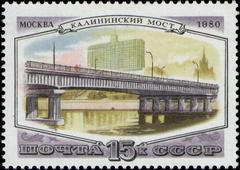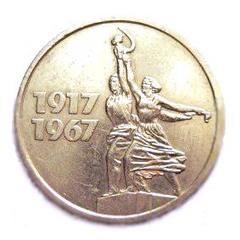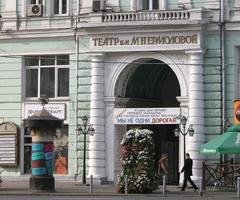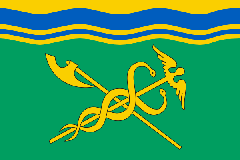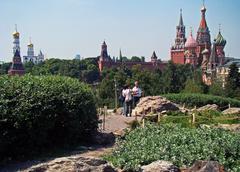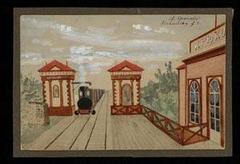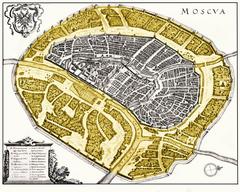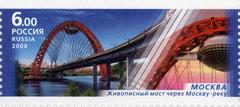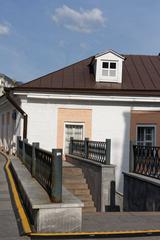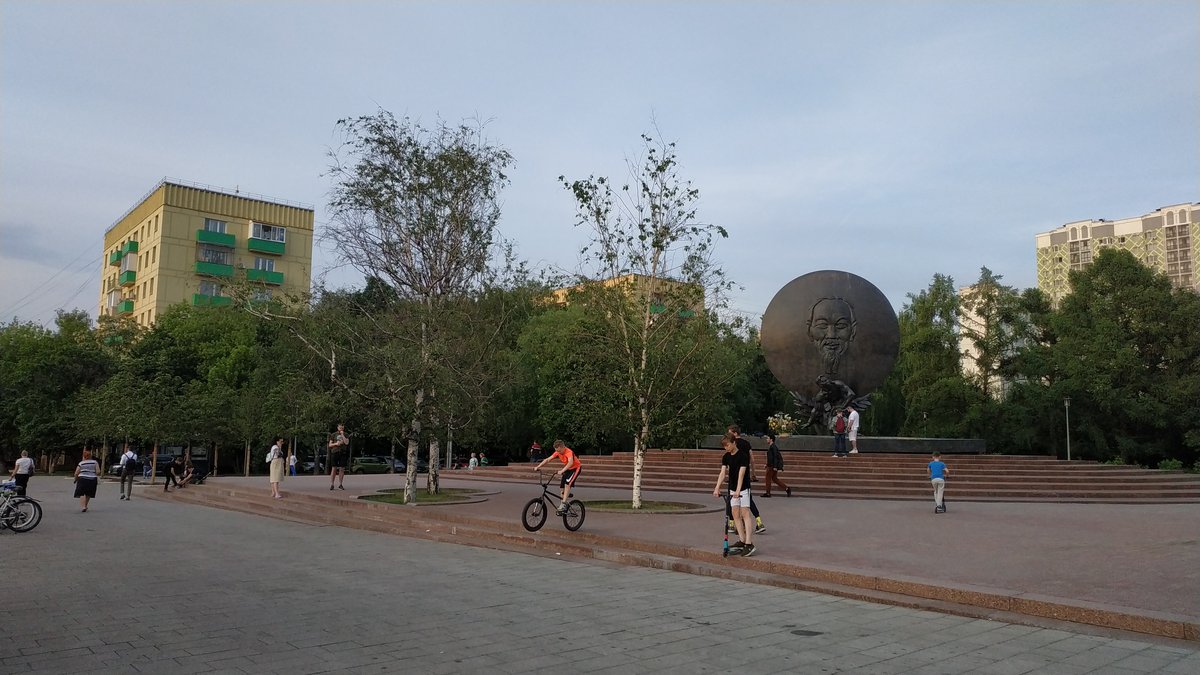
Visiting Ho Chi Minh Square in Moscow: Hours, Tickets, and Travel Tips
Date: 01/08/2024
Introduction
Площадь Хо Ши Мина (Ho Chi Minh Square) in Moscow is a landmark of profound historical and cultural significance, reflecting the deep ties between Russia and Vietnam. Named in honor of Ho Chi Minh, the revered Vietnamese leader, the square is located in the Academic District of Moscow. The square was inaugurated in 1969 during the Soviet era, a period marked by robust diplomatic relations between the USSR and Vietnam. It serves as a testament to the shared socialist ideologies and the mutual respect between the two nations (Wikipedia).
Central to the square is the Monument to Ho Chi Minh, unveiled in 1990, which features an intricate design by sculptor Vladimir Tsigal and architect R. G. Kananin. The monument is a tribute to Ho Chi Minh’s legacy and symbolizes the solidarity between the Soviet Union and Vietnam. Despite controversies and significant public discourse surrounding its construction, the monument stands as a prominent cultural symbol in Moscow today (Moscowolk).
This guide provides comprehensive information for visitors, including the historical background of the square, practical travel tips, nearby attractions, and cultural insights. Whether you are a history enthusiast, a student, or a casual tourist, Площадь Хо Ши Мина offers a unique opportunity to explore the historical and cultural bonds between Russia and Vietnam, making it a must-visit destination in Moscow.
Table of Contents
- Exploring Площадь Хо Ши Мина in Moscow: History, Visiting Hours, and Travel Tips
- FAQ
- Conclusion
- Call to Action
Exploring Площадь Хо Ши Мина in Moscow: History, Visiting Hours, and Travel Tips
History of Площадь Хо Ши Мина
Origins and Naming
Площадь Хо Ши Мина, located in the Academic District of Moscow, has a rich history that dates back to the Soviet era. The square was named in 1969 in honor of Ho Chi Minh, the prominent Vietnamese political leader and revolutionary. This naming was a testament to the strong diplomatic and ideological ties between the Soviet Union and Vietnam during that period (Wikipedia).
Establishment and Development
The square’s establishment was part of a broader effort to commemorate international socialist leaders and to symbolize the solidarity between the Soviet Union and other communist nations. The decision to name the square after Ho Chi Minh was influenced by his significant role in the Vietnamese struggle for independence and his alignment with Marxist-Leninist principles (Moscowolk).
The Monument to Ho Chi Minh
A key feature of the square is the Monument to Ho Chi Minh, which was unveiled on May 18, 1990, just before his birthday. The monument was designed by sculptor Vladimir Tsigal and architect R. G. Kananin. It features a bronze and stone sculpture of Ho Chi Minh against a symbolic sun, with a figure of a Vietnamese person rising from their knees in front of the sun disk. The reverse side of the disk is adorned with tropical flowers and bamboo trees, symbolizing Vietnam (Wikipedia).
Controversies and Public Perception
The construction of the monument was not without controversy. Some Muscovites were concerned about the environmental impact of the project, citing the removal of trees and the introduction of granite as detrimental to the area’s aesthetics and ecology. Additionally, the cost of the monument, which exceeded 1 million rubles, was criticized as excessive, with suggestions that the funds could have been better spent on housing projects (Wikipedia).
In April 1990, a student rally in Moscow called for the government to dismantle the monument, sell it to Vietnam, and restore the square to its original condition. Despite these protests, the monument was completed and remains a significant landmark in the square (Wikipedia).
Post-Soviet Era and Preservation Efforts
Following the dissolution of the Soviet Union, there were discussions among Moscow authorities about dismantling the monument. Proposals were made to relocate it to the Vietnamese embassy in Moscow. However, these plans were met with strong opposition from Vietnamese diplomats and the Vietnamese-Russian Friendship Society. Notably, Soviet cosmonaut G. S. Titov argued that removing the monument would damage the country’s prestige. Consequently, the monument was preserved in its original location (Wikipedia).
Visiting Площадь Хо Ши Мина
Opening Hours
Площадь Хо Ши Мина is open to visitors 24/7, allowing for flexible visiting times. It is an open public space, so there are no specific visiting hours to adhere to.
Ticket Prices
There is no entry fee to visit Площадь Хо Ши Мина. The square is a public area, and access to it is free of charge.
Nearby Attractions
While visiting Площадь Хо Ши Мина, you can also explore several nearby attractions:
- The Moscow State University: A prestigious educational institution known for its beautiful architecture.
- Sparrow Hills: Offers a panoramic view of Moscow and is a popular spot for tourists.
- Gorky Park: A large park that features gardens, ponds, and various recreational activities.
Travel Tips
- Public Transportation: The square is easily accessible via public transportation. The nearest metro station is Академическая.
- Best Time to Visit: The best time to visit is during spring and summer when the weather is pleasant, and the square is vibrant with activities.
- Local Cuisine: Don’t miss trying local Russian cuisine at nearby restaurants and cafes.
Accessibility
Площадь Хо Ши Мина is accessible to people with disabilities. The pathways are paved, and there are ramps available for wheelchair access.
Cultural and Social Significance
The square and its monument hold significant cultural and social value, particularly for the Vietnamese community in Moscow. It is a popular site for Vietnamese weddings and a gathering place for Vietnamese expatriates, especially on Ho Chi Minh’s birthday, May 19. On this day, Vietnamese nationals and Soviet military specialists who served in Vietnam during the Vietnam War gather at the monument to honor his legacy (Wikipedia).
Modern-Day Relevance
Today, Площадь Хо Ши Мина continues to be a symbol of the historical ties between Russia and Vietnam. It serves as a reminder of the shared history and the enduring friendship between the two nations. The square is also a vibrant part of Moscow, hosting various cultural events, performances, and festivals that attract both locals and tourists (Cilekroom).
Architectural and Artistic Features
The architectural design of the square and the monument reflects a blend of Soviet monumentalism and Vietnamese cultural elements. The use of bronze and stone in the monument’s construction symbolizes strength and resilience, while the tropical flowers and bamboo trees on the reverse side of the sun disk highlight Vietnam’s natural beauty and cultural heritage (Moscowolk).
Visitor Experience
For visitors, Площадь Хо Ши Мина offers a unique glimpse into the historical and cultural connections between Russia and Vietnam. The square is easily accessible via public transportation, with the nearest metro station being Академическая. It is a convenient meeting point and a place where visitors can reflect on the historical significance of Ho Chi Minh’s legacy and the enduring friendship between the two nations (Foursquare).
FAQ
Q: What are the visiting hours of Площадь Хо Ши Мина?
A: Площадь Хо Ши Мина is open 24/7, as it is a public square.
Q: How to get to Площадь Хо Ши Мина?
A: The easiest way to get to the square is via the Moscow Metro. The nearest station is Академическая.
Q: Are there any entry fees to visit Площадь Хо Ши Мина?
A: No, there are no entry fees. The square is a public area and free to visit.
Conclusion
The history of Площадь Хо Ши Мина is a testament to the enduring ties between Russia and Vietnam. From its establishment in the Soviet era to its preservation in the post-Soviet period, the square and its monument continue to symbolize the shared history and friendship between the two nations. For visitors, it offers a rich cultural experience and a chance to reflect on the historical significance of Ho Chi Minh’s legacy.
Call to Action
For more information on historical sites in Moscow, download our mobile app Audiala, check out related posts, or follow us on social media for updates.
Summary and Key Points
Площадь Хо Ши Мина in Moscow is more than just a public square; it is a historical monument that encapsulates the enduring friendship between Russia and Vietnam. From its Soviet-era origins to its preservation in the post-Soviet period, the square and its monument to Ho Chi Minh continue to symbolize the rich history and mutual respect shared by the two nations. The square remains a vibrant part of Moscow, hosting cultural events, performances, and gatherings that attract both locals and tourists (Wikipedia).
For visitors, a trip to Площадь Хо Ши Мина offers a chance to engage with the historical narratives of two influential nations and appreciate the cultural and artistic elements that define the square. With no entry fees and 24/7 accessibility, it is an inviting destination for anyone interested in exploring the historical and cultural landscapes of Moscow. As you plan your visit, make sure to explore nearby attractions, savor local cuisine, and immerse yourself in the cultural significance of this historic site. The legacy of Ho Chi Minh and the shared history between Russia and Vietnam make this square a truly remarkable destination (Cilekroom).
Sources and Further Reading
- Wikipedia. (n.d.). Площадь Хо Ши Мина. Retrieved from https://ru.wikipedia.org/wiki/Площадь_Хо_Ши_Мина
- Moscowolk. (n.d.). Прогулки по Москве. Retrieved from http://moscowalk.ru/uzao/academic/progulki/ho-chi-minh.html
- Wikipedia. (n.d.). Памятник Хо Ши Мину (Москва). Retrieved from https://ru.wikipedia.org/wiki/Памятник_Хо_Ши_Мину_(Москва)
- Wikipedia. (n.d.). Ho Chi Minh Monument. Retrieved from https://en.wikipedia.org/wiki/Ho_Chi_Minh_Monument
- Cilekroom. (n.d.). Площадь Хо Ши Мина в Москве: История, Архитектура, Достопримечательности. Retrieved from https://cilekroom.ru/ploshhad-xosimina-v-moskve-istoriya-arxitektura-dostoprimecatelnosti/
- Guides2Travel. (n.d.). What to See in Moscow in August. Retrieved from https://guides2travel.com/article/what-to-see-in-moscow-in-august/
- Foursquare. (n.d.). Площадь Хо Ши Мина. Retrieved from https://foursquare.com/v/площадь-хо-ши-мина/4e0c7e4f1f6e9300e4e6c16a
